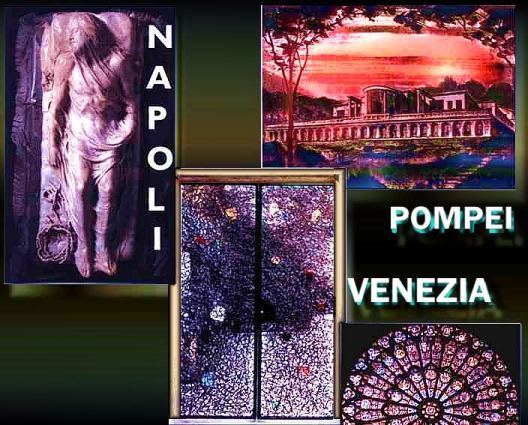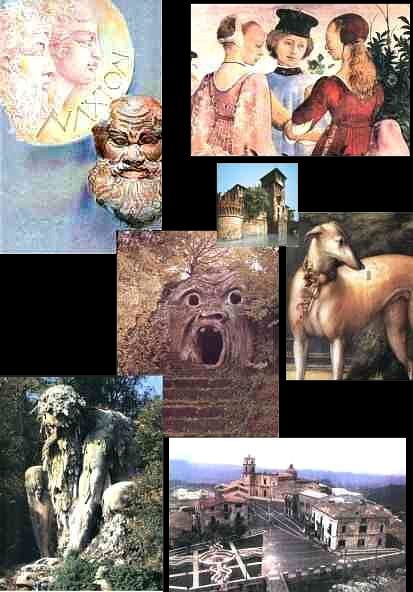
It consists in an approach to the national
historical, artistic and environmental heritage through an uptodate knowledge of the
artistic, audiovisual and multimedia languages.

Our school, which is conscious of the uniqueness of the Italian artistic and turistic heritage,
1. since artistic wealth of the country is one of
the most important resources to offer and to export all over the world,
2. since we think that schools and museums should cooperate so that halls in the museums
and art galleries may host cultural meetings and didactic-mutimedia animations,
3. since schools should enforce their activity in the territory through exhibitions and
displays addressed to the whole citizenship and organically planned in the territorial
context,
4. since new didactics encourage the use of multimedia languages and new technologies-
employed in our project for a new approach to the national artistic wealth , for a new
aesthetic experience and for a journey through the history of art,

In its wider application our project aims at the formation of new experts who can offer their competence in the organization and coordination of services to companies and privates who promote the image of the turistic, artistic and environmental heritage.
The project activities offer the participants the
opportunity to acquire:
1. the adequate competence to write web pages, to plan web sites, to organize slide-shows
for the audience, to create multimedia titles on digital basis - cd rom , videotape -for
the promotion and diffusion of the product-service and its object.
2. the essential methods used in the research field - i.e. the historical documentation on
an art site, the data-bank process) - before any service is offered.
3. notions of marketing research techniques, of net-work economy, of psychology for
communication, .
4. elements of graphical projects, electronic image elaboration, typographic composition
and lettering.
In contemporary society any object has been replaced by its image and everything is fast
and precarious because the image itself deteriorates quickly.
Scientific studies have showed that the psychological consumption is much faster than the
actual one: as soon as a new product with a new image is on the market the old one is out.
The same wearing-out process affects images used in the tourist field. The most suggestive
and capturing pictures in catalogues and agency displays do not appeal the more and more
demanding consumers. Therefore we need suitable instruments and techniques to convert
fixed images into animated ones so that they can be commented and promoted through an
interaction between suppliers and consumers. This will help the tourist market because the
prospective customers will be approached through an anticipation of their interests and
requirements.
A new professional figure with a good knowledge of art is required in this field.
Tourist services must be endowed with the commercial strategies which are already used
successfully in other fields since the future of the market depends on research and
innovations as well as on communication
New training projects must take into account the new trends in the interactive-information
society (telework, e-commerce, network economy, e-editoring, art-sites, cultural tourism.)
Home - Back - Objectives